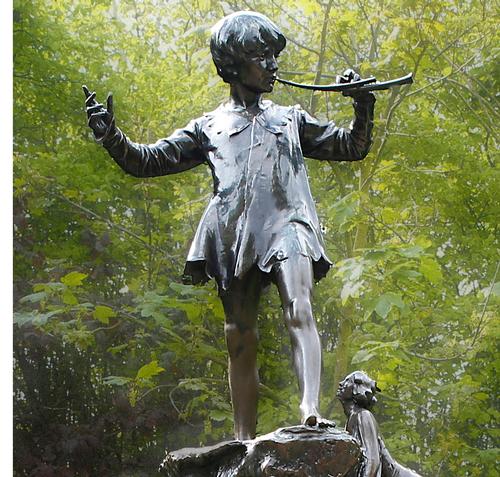19 Aug 2014
A-listers give voices to London’s talking statues
BY Alice Davis

A star-studded cast of voices, including Patrick Stewart, Prunella Scales and Jeremy Paxman, are bringing London’s statues to life with today's (19 August) launch of a new 'Sing London' history campaign.
For the next 12 months across the UK capital and the northern city of Manchester, familiar — and less familiar — statues will deliver their stories to any interested passersby, so long as they are in possession of a mobile phone.
By swiping a near field communication (NFC) tag on the official Talking Statues plaques, or scanning its QR code, the smart phone downloads a file that imitates a call to the user’s phone. Once answered, the statue, voiced by an actor, will tell the user what’s on his or her mind. The monologues have been penned by a variety of authors, including Anthony Horowitz, who brings the Sherlock Holmes monument to life, and poet Tony Harrison, who writes for the Unknown Soldier.
“The idea is to breathe new life into these old statues by having a narrative that engages people and delights them,” said Colette Hiller, artistic director of Sing London, (the group which previously dotted public-use pianos and ping-pong tables around the city). “In Ella Hickson’s piece for Peter Pan, Peter thinks these people looking at him are deathly dull; or are they secret Lost Boys? In Rachel Wagstaff’s piece for (Isambard Kingdom) Brunel, she wants you to step out of Paddington Station and just look up and admire what he’s done.”
The technology has been provided by Antenna Lab, Antenna International’s R&D think tank. For the company, the project offered the opportunity to investigate how this type of low-cost, near-field technology can benefit museums. “Museums can take this technology and start using it to tell stories outside their walls,” said Jessica Taylor, head of Antenna Lab.
Data generated by Talking Statues’ users will be gathered and analysed by the Research Centre for Museums and Galleries at the University of Leicester. It’s hoped the findings will benefit other cultural organisations wishing to make use of NFC technology, which is beneficial for users as it is an opt-in, non-intrusive platform that can be used spontaneously by anyone with a smart mobile device.
Close Window